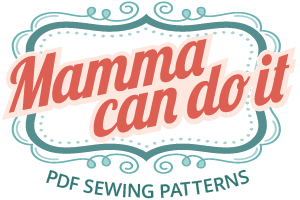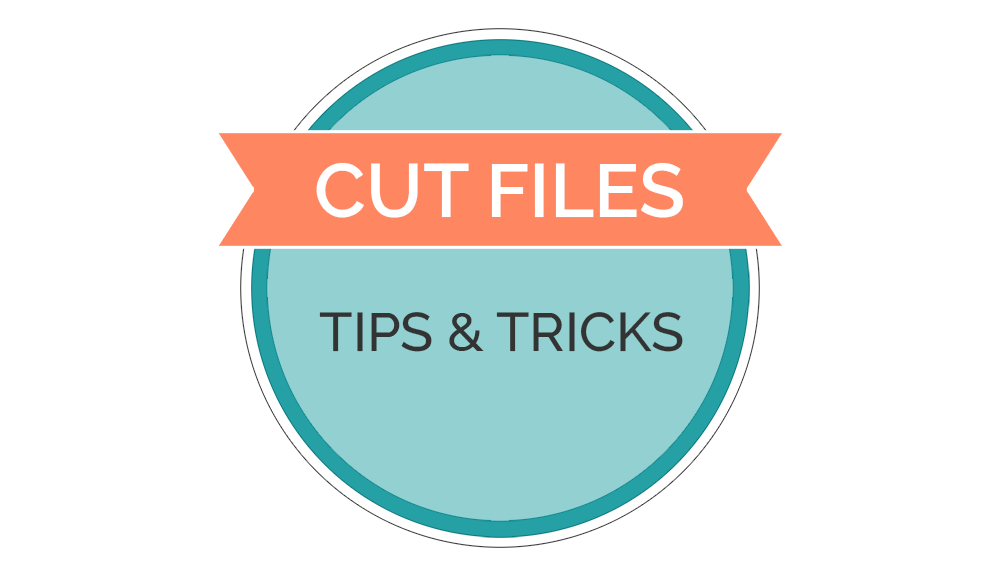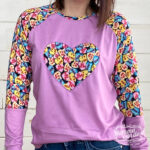Feel free to use this page for any of our cut file designs. Don’t worry about losing this page, as we will send you an email with this information as well. We want you to have the best experience possible, so we are including quite a bit of info for you here. 🙂
- The individual designs in SVG and DXF will be the most used formats. When downloading these zipped folders, you must unzip/extract before trying to open the designs in your software. They will not appear in your folder unless you unzip the files.
- How do I Extract/Unzip my files?
- Right click on the zipped folder that you downloaded and select Extract All. This will unzip your files and put them in a usable folder. Make sure you remember where the folder saves to so that you can then upload them to your design space.
- What do I need all these files for?
- SVG and DXF files are called cut files and are also known as vector files. These files already have cut lines programed into the design and
no tracing is needed. There are other files that will work in the design space but more work and manipulation might be needed to get the files to cut properly. - Some software like the Silhouette Business or Designer edition will be able to use a PDF as a vector or cut file.
- JPEG and PNG are image files and can be used with the trace functions in each software program to trace the shapes to turn them
into cut files or to trace in order to print and cut the files. There is adhesive vinyl and heat transfer vinyl that can be printed on. - An important note about DXF Files in Silhouette basic: When you open the DXF file from your software it will open and it will be all ungrouped and all compound paths will have been released. You will need to group them back together.
- Some helpful tutorials
- SVG and DXF files are called cut files and are also known as vector files. These files already have cut lines programed into the design and
- What types of Vinyl Do I use
- Heat transfer vinyl (HTV)—vinyl that you use to put designs on clothes, fabric bags, or other fabric crafts (this is our main focus).
- Adhesive vinyl—vinyl that you can use for signs, wooden crafts, glass, mugs, or even walls (special type).
- Things to remember specifically for working with heat transfer vinyl for application on clothing…
- You will want to make sure that your shinny (sometimes more colorful or pretty) side will go down on your mat before cutting.
- You will want your design to be mirrored so that when you iron your design onto your fabric, the words read correctly. Sometimes you will
have to select your entire design and flip horizontally. Some cutting machine software will flip it for you or remind you to mirror before
you cut.
- What do I do after my design has cut?
- You will weed your design. This is the process of removing the vinyl that is not a part of your design. Think of your design as the flowers
in a garden and you are weeding out the unnecessary weeds. I usually trim around the outside of my design with sissors first before
weeding. - It is easier to remove the inner parts of the letters and designs first before your backing is all sticky.
- Use a weeding tool. Sometimes tools like seam rippers or even sewing needles or pins for fine intricate designs are very useful.
- Weed by starting at a corner and pull the vinyl into the letter cavities, like shown in the video below. This will help the design not to tear.
- Weeding Video
- You will weed your design. This is the process of removing the vinyl that is not a part of your design. Think of your design as the flowers
- How do I put my design on a t-shirt or onesie?
- Once your design has been weeded, it will be sticky on one side. If you look at the smooth side, your design will read correctly.
- I always wash my fabric first, but I know people who swear by not washing. However, fabric sometimes shrinks and the vinyl can get
twisted or misshapen by fabric shrinkage. - I use a home iron for my application. You want to make sure that your iron’s steam feature is turned off. I iron or heat up my fabric by
ironing it before placing my design sticky side down. This gets rid of any moisture that might be trapped in the fabric. - I do not use an ironing board because you want pressure from both you pushing down on the iron and pressure from the back like a hard
surface. I have a ceramic tile I bought from a hardware shop that I like to use in the middle of the shirt. For onesies which are too small
for my ceramic tile, I use a wooden cutting board inside the onesie. - You will want a heat resistant sheet in between your iron and your vinyl. I use a Teflon sheet for mine, but you can also use parchment
paper. - You want to press downward for about 10 seconds in each section of your design. Pull your carrier sheet off the design. Iron again with
your parchment paper making sure all the edges are pressed down firmly and do not come up when you run your hand over them. I use a
flashlight to see if I see the fabric grain lines through my vinyl. This tells me that my vinyl has sufficiently bonded to my fabric. - Heat Transfer Vinyl Application Video






